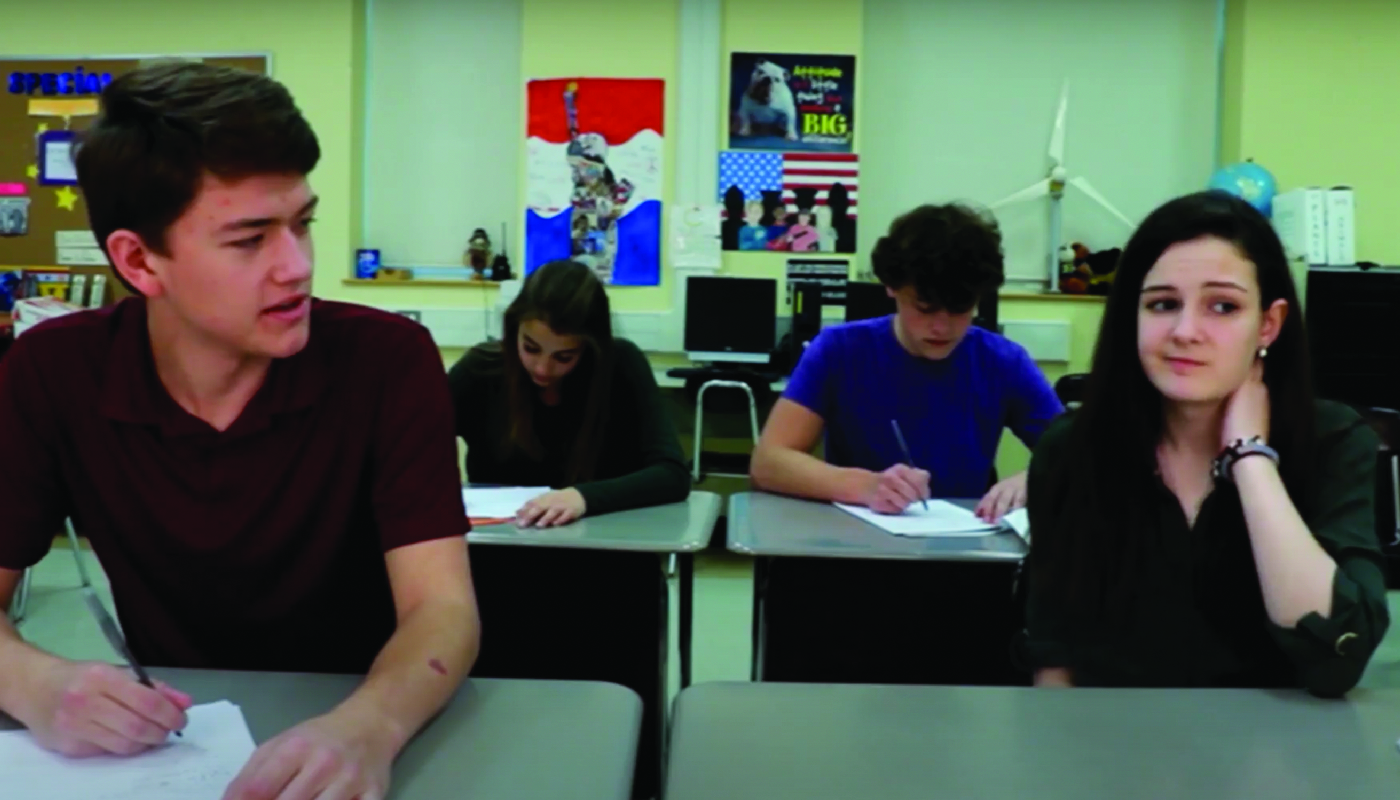
Introduction
Every day, students face different sized problems. Some problems are big, while others are small. The size of the problem affects how we should react, what solutions we should try, and who to ask for help. The Problem Scale helps students to decide what size problem they have. In this blog post, we will explore the concept of the Problem Scale and provide a no-prep activity, discussion questions, and related skills to help educators teach students to identify problem sizes effectively.
No-Prep Activity
This no-prep activity, called “Problem Sorting,” requires no materials or preparation from the educator. Start by having students sit in a circle. The educator then presents a series of hypothetical problems and asks students to identify the size of each problem. Students can use their fingers to indicate the problem size (1 for very small, 2 for small, 3 for medium, 4 for big, and 5 for very big). After each problem, discuss why students chose the size they did and what steps they would take to solve the problem. This activity helps students practice identifying problem sizes while encouraging group collaboration and communication.
Discussion Questions
- Why is it important to identify the size of a problem before reacting to it or attempting to solve it?
- How can understanding the size of a problem help you manage your emotions and reactions?
- What are some strategies you can use to determine the size of a problem?
- How can you support your peers when they face problems of different sizes?
- Can you think of a situation where you reacted to a problem in a way that didn’t match its size? What did you learn from that experience?
Related Skills
Beyond identifying problem sizes, there are other relevant skills that students can benefit from learning. Some of these skills include:
- Problem-solving: Learning how to approach and solve problems effectively, based on their size and complexity.
- Emotion regulation: Managing and expressing emotions in a healthy and appropriate manner, especially when faced with problems.
- Communication: Developing the ability to express oneself clearly and effectively when discussing problems and potential solutions.
- Conflict resolution: Resolving conflicts with peers or adults in a respectful and constructive way.
- Asking for help: Recognizing when it’s necessary to seek assistance from others, and learning how to ask for help in an appropriate manner.
Next Steps
Now that you have an understanding of the Problem Scale and how to teach students to identify problem sizes, it’s time to put these skills into practice. To access free samples of materials related to identifying problem sizes and other valuable social-emotional learning skills, sign up at Everyday Speech. By incorporating these resources into your curriculum, you can help your students develop the tools they need to navigate the challenges they face in their daily lives.

